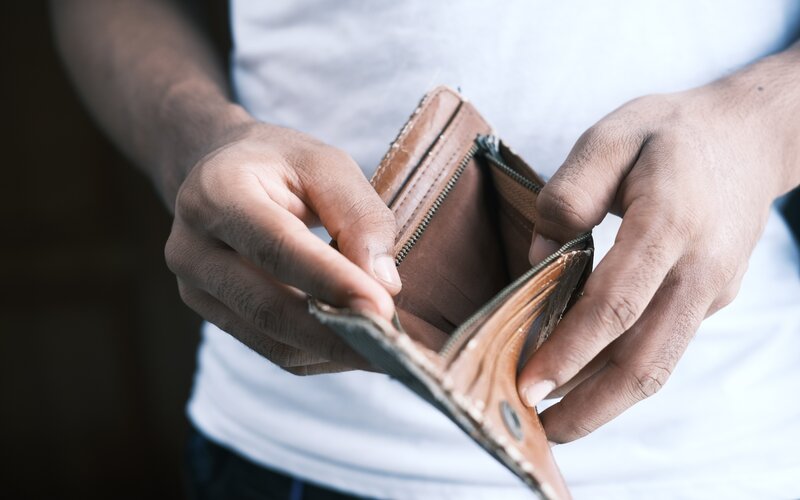This number has slightly dropped from 41% in 2020 to 34% in 2021, according to new research commissioned for Anti-Poverty Week 2021 by Good Shepherd ANZ.
Of the 4.7 million people still being financially affected by COVID, more than half (2.65 million) were already on low incomes.
According to Good Shepherd, this 'low income' group is made up of recently-arrived people, women, young people, unskilled or semi-skilled people, and sole traders/small business owners.
Good Shepherd ANZ CEO Stella Avramopoulos said the pandemic is putting people at risk 'more than ever before'.
"It was hoped that the numbers would drop dramatically after the 2020 spike, but the emergence of the ‘newly vulnerable’ cohort in 2020 has grown at a similar rate in 2021," Ms Avramopoulos said.
"Good Shepherd is helping stabilise vulnerable people's finances through no-interest loans and other programs, but it's now apparent that we are dealing with long-term impact cases."
She said many people that haven't dealt with financial trouble in the past may be at risk of slipping into 'long-term poverty'.
"This is exposing the weaknesses in the service navigation systems which many are struggling to access," she said.
Of the 'newly vulnerable' households, 66% were impacted by reduced hours; almost half saw business slow or stop completely; and 40% were stood down for a period of time.
More than half (60%) of the people that were stood down due to COVID are still out of work.
In NSW, Victoria, the ACT, and Tasmania, there are currently COVID-19 disaster payments available to people who have lost work due to the pandemic.
However, these payments are scheduled to end once vaccination thresholds are met.
Image by Towfiqu Barbhuiya on Unsplash



 Denise Raward
Denise Raward

 Harry O'Sullivan
Harry O'Sullivan
 Hanan Dervisevic
Hanan Dervisevic
 Rachel Horan
Rachel Horan

